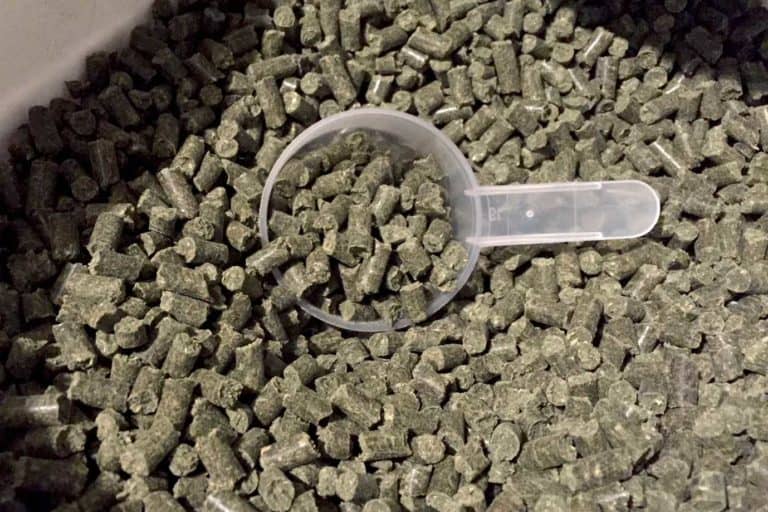Michigan State Expo to Give Horse Hay Buying Guidance
Like nearly everything else, the cost of horse hay is increasing. Buyers who want to purchase a quality product and sellers who want to provide a marketable commodity can attend an educational seminar during Michigan State University’s Ag Expo,
















